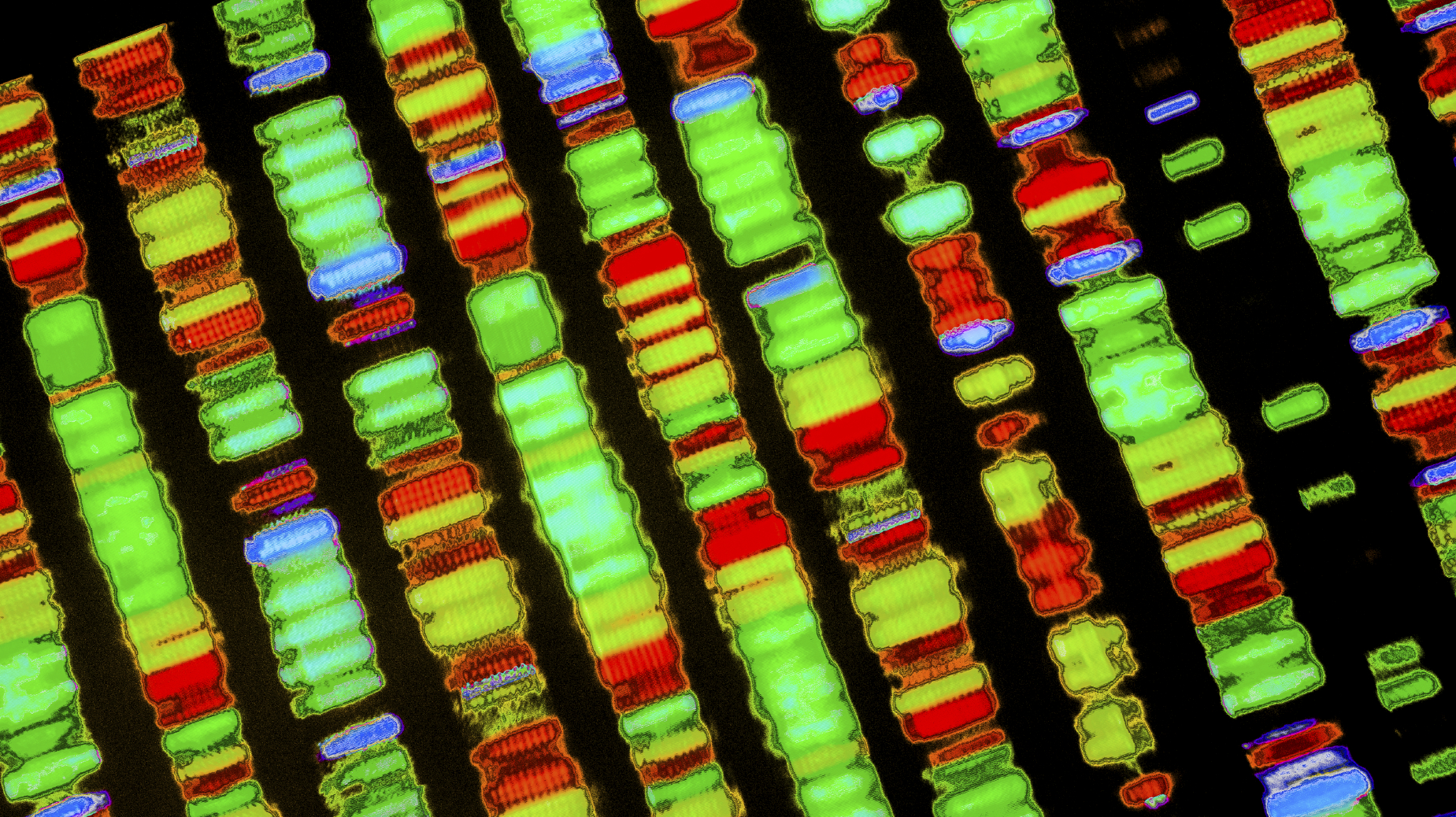Blackstone and Ferring pump $570m into bladder cancer gene therapy

Switzerland’s Ferring Pharmaceuticals has joined with US investor Blackstone Life Sciences to pump $570 million into a bladder cancer gene therapy project.
The deal will see the creation of a new company called FerGene, focused on the global development and marketing of nadofaragene firadenovec, intended for patients with high-grade non-muscle invasive bladder cancer that is unresponsive to standard Bacillus Calmette-Guerin (BCG) therapy.
A genetically engineered virus containing a gene coding for interferon alfa 2b, the therapy works by turning the patient's own bladder wall cells into multiple interferon microfactories, enhancing the body's natural defences against the cancer.
Cambridge, Massachusetts-based Blackstone is to invest $400 million, while Ferring invests up to $170 in the new company.
The FDA has tagged nadofaragene firadenovec as a Breakthrough Therapy before granting an expedited six-month review of its filing.
Phase 3 results from the gene therapy are to be presented at the Society of Urologic Oncology Meeting in Washington DC next Thursday.
The deal will grant FerGene US marketing rights, with Ferring taking rights outside of the US.
Nadofaragene firadenovec was pioneered by Dr Colin Dinney, professor and chairman of the Department of Urology at University of Texas MD Anderson Cancer Center, and past president of the Society of Urologic Oncology Clinical Trials Consortium (SUO-CTC).
He jointly heads the development programme alongside Dr Nigel Parker of FKD Therapies Oy, a specialist gene therapy company based in Kuopio, Finland.
Originally begun to develop adenovirus-mediated alfa-2b, FKD has led the overall development of nadofaragene firadenovec through manufacturing, late stage clinical trials, and the current filing with the FDA.
Nadofaragene firadenovec is an adenovirus vector-based gene therapy containing the gene interferon alfa-2b, administered by catheter into the bladder every three months.
The virus enters the cells of the bladder wall where it breaks down, releasing the active gene to do its work.
The internal gene/DNA machinery of the cells ‘picks up’ the gene and translates its DNA sequence, resulting in the cells secreting high quantities of interferon alfa-2b protein, a naturally occurring protein the body uses to fight cancer.
Standard therapy involves another immunotherapy approach, injecting BCG into the bladder, causing the walls to become inflamed - a process that also kills off the cancer cells.













